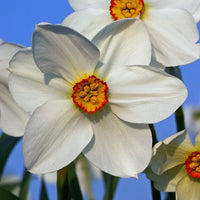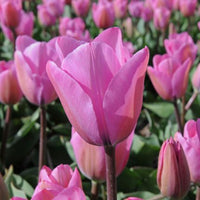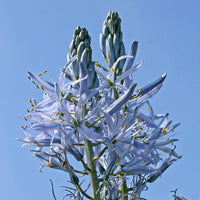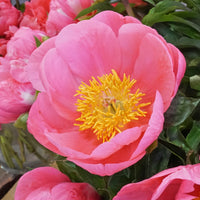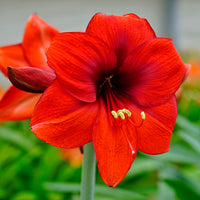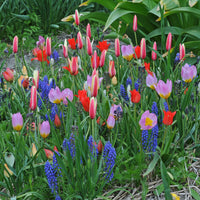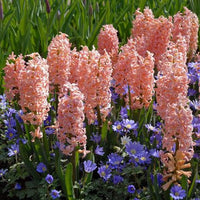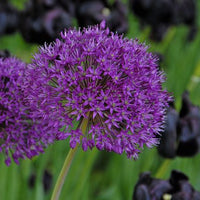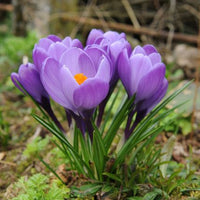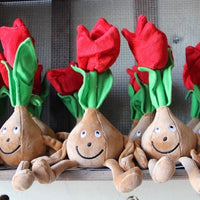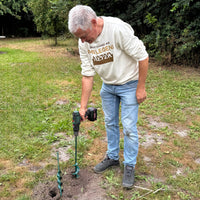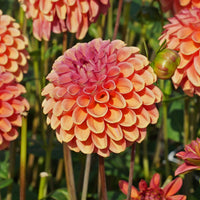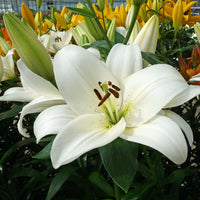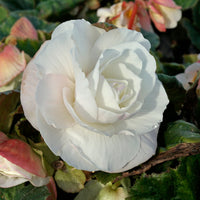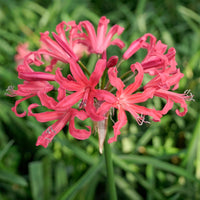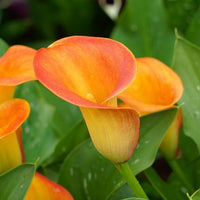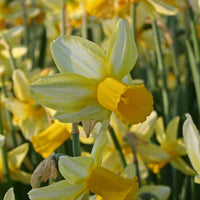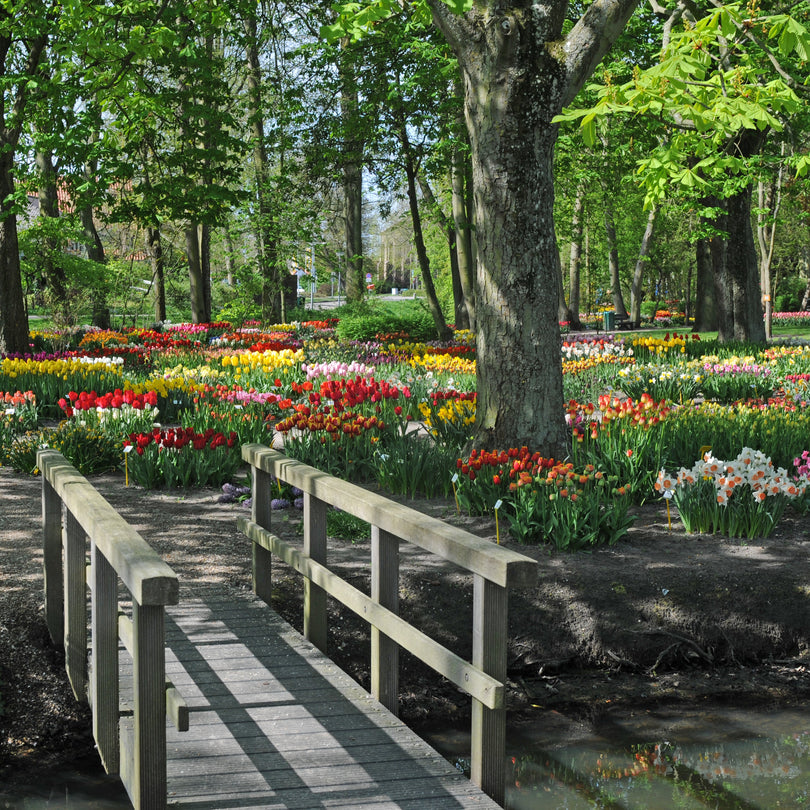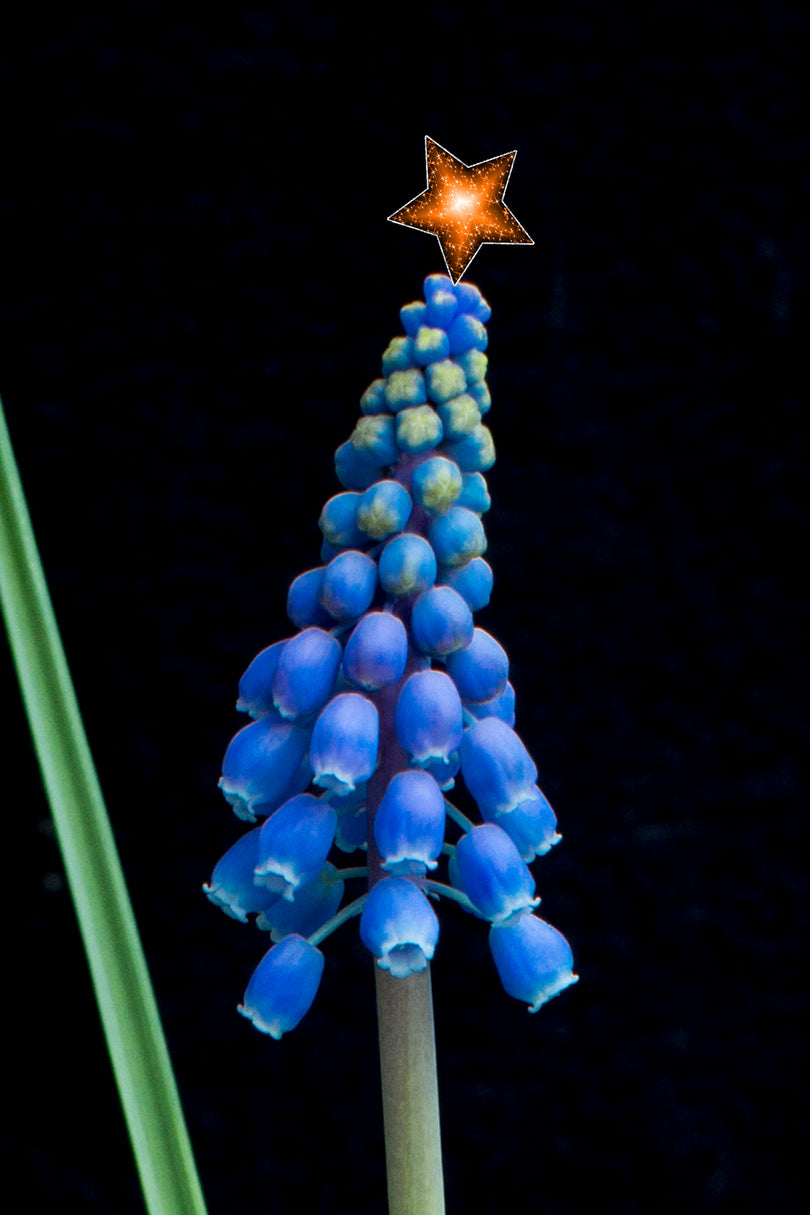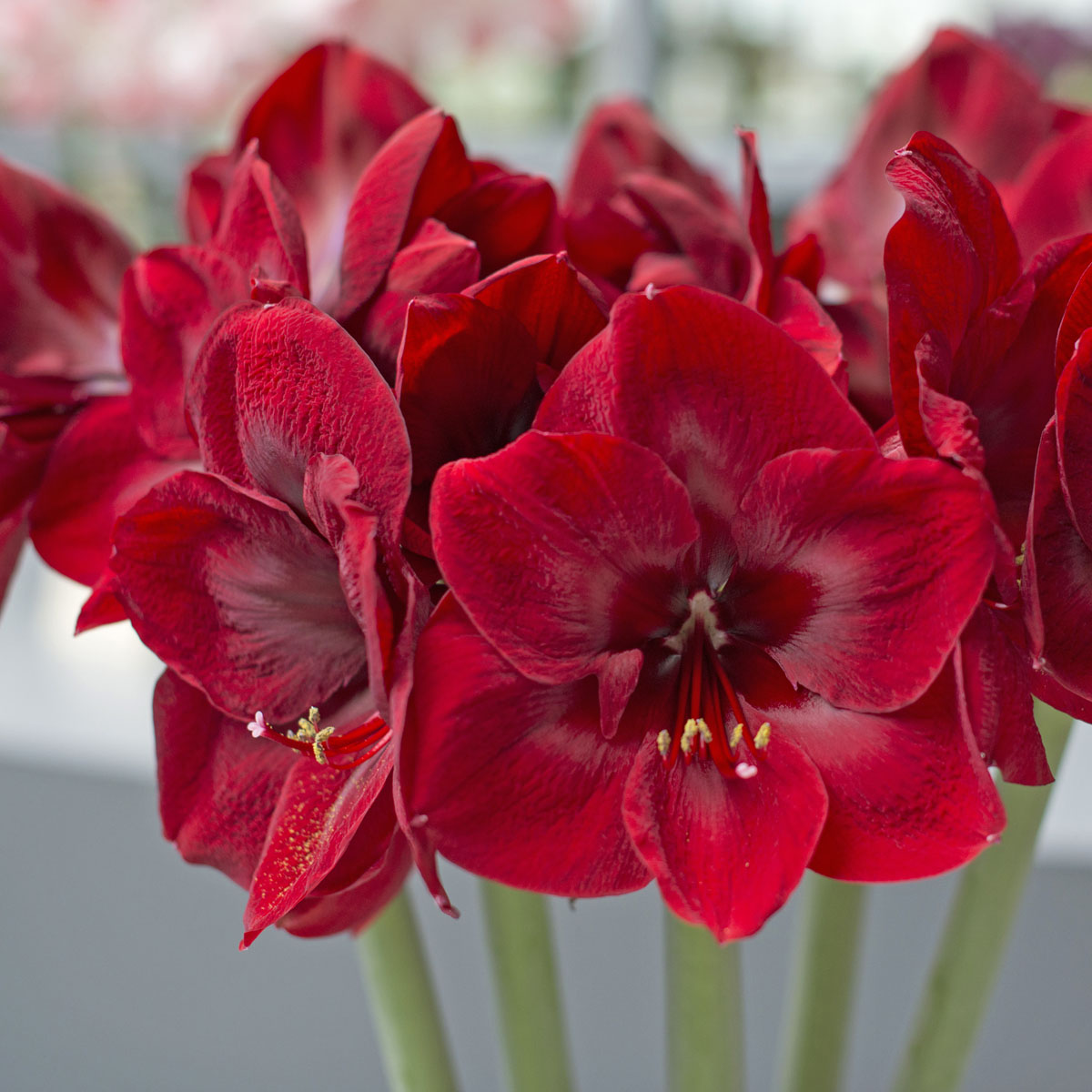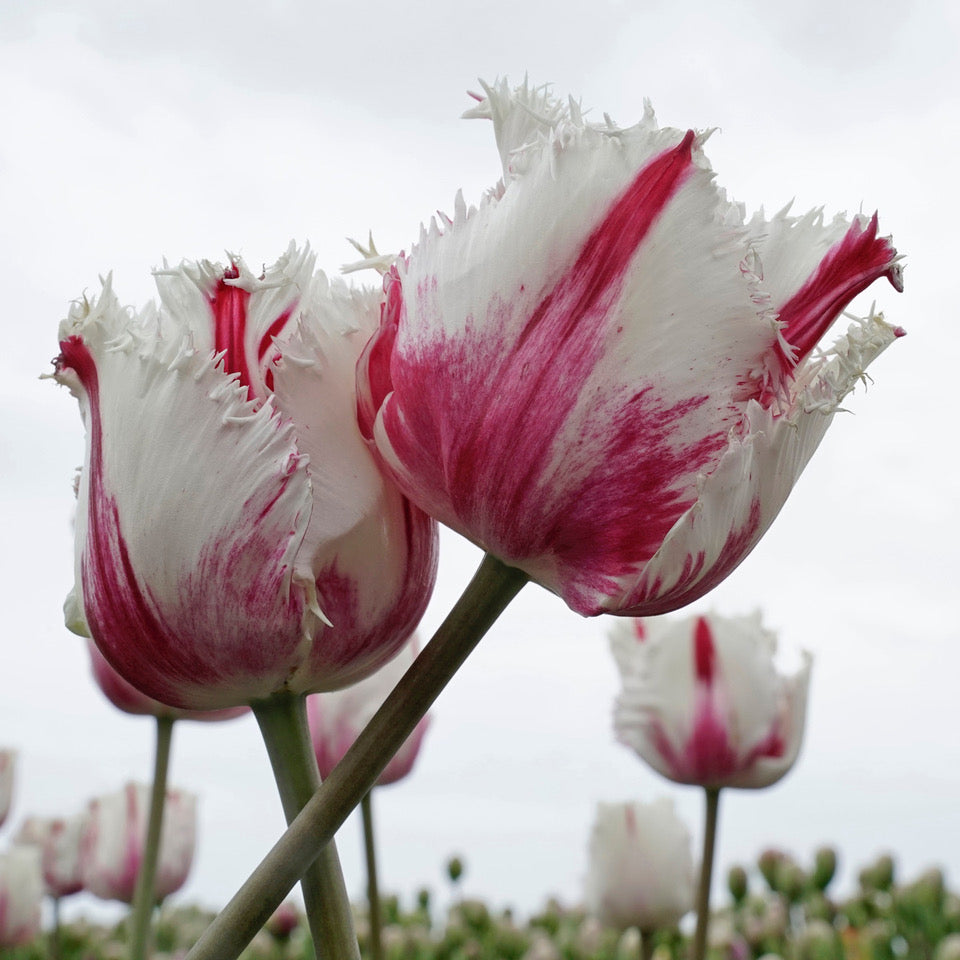The Dutch Tradition of Complaining
If the Dutch have any talent at all, it would be their ability to good-naturedly complain about literally everything under the sun. Usually, there is no reason for it and the problem isn’t actually a problem at all, but it is just the way we like to talk about stuff. Still, the complaints I’ve heard from colleagues and friends over the last weeks have been totally understandable: the weather truly has been a bit shit. In May and June, we were treated to six weeks of continuous, cold wind from the East, which had a terrible influence on our harvests, and now, in October and November, we have had rain for literally every single day for six weeks.
 The land in front of my house. Piet has started digging five weeks ago, but the situation has been so dire that he only finished this week.
The land in front of my house. Piet has started digging five weeks ago, but the situation has been so dire that he only finished this week.
There was lots of digging around in the mud over the past weeks. Tulips, Daffodils, Hyacinths, and other types of flower bulbs had to be planted, while Dahlias, Lilies, Zantedeschias, and Begonias had not yet even gotten the chance to be taken out of the ground due to the horrendously wet soil. And the digging needs to happen before the planting of next season’s spring bulbs, but also, the soil cannot be too wet, otherwise the Tulips, Daffodils, and other bulbs that need to go into the soil are not going to make it and the soil will be damaged in the process, as planting in wet soil has a negative impact on the structure of the land. There’s not enough oxygen present, and because of that roots can’t form properly, which has a negative impact again on the bulbs we plant. So yes, there was lots to complain about this season. The weather has not agreed with us at all, and the thing about the weather is: you can’t do anything about it. The Daffodils behind my house. They belong to my neighbor Jack. There was water in every single pathway for days. At first, we were complaining that he had not been able to plant the new ones this year, but when we saw this, we were quietly grateful that we hadn’t been able to, as the new ones would have been drowned right away.
The Daffodils behind my house. They belong to my neighbor Jack. There was water in every single pathway for days. At first, we were complaining that he had not been able to plant the new ones this year, but when we saw this, we were quietly grateful that we hadn’t been able to, as the new ones would have been drowned right away.
But after rain comes sunshine, sometimes, I think. Last week, it finally stopped raining for a bit. And thank God for that, because flower bulb growers were seriously considering telling their wives and children to maybe put off Christmas a couple of weeks this year. But it seems like we may be able to get to work after all. Around 5 in the morning, I hear the first tractors start up, and they are busy until very late in the evening, even though the Netherlands has about six hours of real daylight at this time of year. Every working vehicle in the area has been pulled from sheds and warehouses in order to get the job done. Digging, planting, preparing soil—everything has to happen at once, but if you know farmers, you’ll probably know that they’re much happier now: when there’s work to do, there is no time to complain. Inside every warehouse, it’s busy as ever. People who come to the Netherlands fom all over Europe for seasonal jobs can get back to work, which is good for them: that’s why they’re here in the first place, and they would probably like to be able to go back to their family before the Holidays, too. If they can, they want to work Saturdays whenever possible: it may sound strange to you, but they usually ask for sixty-hour work weeks over the more common forty hours. We see the same thing with students who work over the summer: there is a limited number of days they can be here for the job, so it’s best to fit in as many hours as possible so the money people are able to take home is also as much as possible. But farmers understand long days, so usually that is a good match with seasonal workers and students.
Inside every warehouse, it’s busy as ever. People who come to the Netherlands fom all over Europe for seasonal jobs can get back to work, which is good for them: that’s why they’re here in the first place, and they would probably like to be able to go back to their family before the Holidays, too. If they can, they want to work Saturdays whenever possible: it may sound strange to you, but they usually ask for sixty-hour work weeks over the more common forty hours. We see the same thing with students who work over the summer: there is a limited number of days they can be here for the job, so it’s best to fit in as many hours as possible so the money people are able to take home is also as much as possible. But farmers understand long days, so usually that is a good match with seasonal workers and students. The night shift at the land where we will plant our Daffodils next Monday
The night shift at the land where we will plant our Daffodils next Monday
Another thing that shows how busy everyone is at the moment is the energy inside an average Lily-warehouse today: radio turned up loud, sleeves rolled up, and everyone busy doing something. Finally, things are happening again: lorries and trucks are coming and going constantly, containers are loaded full, and buyers are on the phone asking when they can finally receive their long-awaited flower bulbs: they often need to get orders sent out before the Holidays, too, on their end. The digging of Lilies is not a rose-coloured affair
The digging of Lilies is not a rose-coloured affair
I’m happy to announce that the weather gods seem to be on our side again, and that farmers might not need to postpone Christmas after all. So, back to my flower bulb business. I do have another Holiday-present recommendation for you: the book Growing Bulbs in The Natural Garden by Jacqueline van der Kloet. Jacqueline is the un-crowned queen of the flower bulb and gardening world. She has a tremendous amount of knowledge about just about anything that has to do with gardening and planting flower bulbs. I’ve known her my whole life. When I was a teenager, I remember her sitting at our kitchen table, talking with my father about Daffodils to gather information for her first book. She did a lot of interviews which were always full of information and advice. Then, we would spend hours walking through our Daffodil field to see the bulbs in real life. I’ve run in to Jacqueline at countless times during events and at gardens, and when we opened our web shop she was one of the first in line to buy bulbs and try them out. She still buys our flower bulbs for her garden in Weesp. If you’re ever in the neighbourhood, it’s definitely worth a visit: www.theetuin.nl.
So, back to my flower bulb business. I do have another Holiday-present recommendation for you: the book Growing Bulbs in The Natural Garden by Jacqueline van der Kloet. Jacqueline is the un-crowned queen of the flower bulb and gardening world. She has a tremendous amount of knowledge about just about anything that has to do with gardening and planting flower bulbs. I’ve known her my whole life. When I was a teenager, I remember her sitting at our kitchen table, talking with my father about Daffodils to gather information for her first book. She did a lot of interviews which were always full of information and advice. Then, we would spend hours walking through our Daffodil field to see the bulbs in real life. I’ve run in to Jacqueline at countless times during events and at gardens, and when we opened our web shop she was one of the first in line to buy bulbs and try them out. She still buys our flower bulbs for her garden in Weesp. If you’re ever in the neighbourhood, it’s definitely worth a visit: www.theetuin.nl.  Now, with all her life experience and endless flowerbulb trials and successes, Jacqueline wrote another fantastic book. It contains a lot of photographs and explanations about all the ways in which a garden can be beautiful. She doesn’t just focus on flower bulbs: there are also lots of other plants featured. It’s a well of inspiration for everyone who likes to work in or simply look at gardens.
Now, with all her life experience and endless flowerbulb trials and successes, Jacqueline wrote another fantastic book. It contains a lot of photographs and explanations about all the ways in which a garden can be beautiful. She doesn’t just focus on flower bulbs: there are also lots of other plants featured. It’s a well of inspiration for everyone who likes to work in or simply look at gardens.
I’m already at my word limit for the week, but I want to tell so much more! First, now that we’re still on Holiday gift ideas, I would like to show you my favourite Amaryllis:  Amaryllis Magical Touch
Amaryllis Magical Touch
It’s not just the shape and colour of this particular variety that really works well, it’s also one of those bulbs that never disappoints. Almost always, this bulb produces two flowers, and before they are fully gone, the third has announced its presence, too. In most cases, there will even be a fourth one, like you see in this photograph here. An Amaryllis that just has it all.
Time to stop writing (and complaining!), we’re back to being in a good mood now.
Kind regards,
Carlos van der Veek


